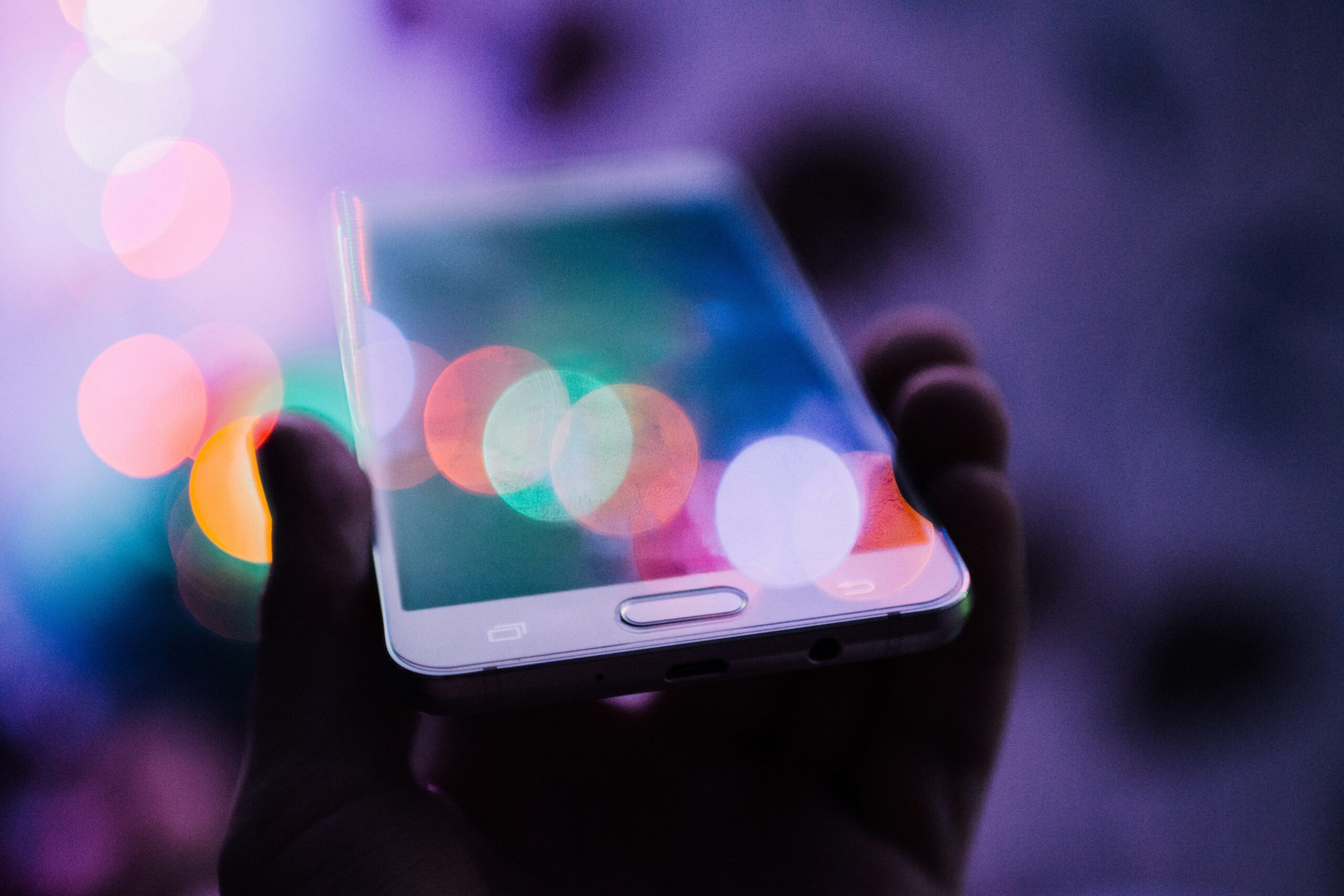Introduction
The Internet of Things (IoT) consists of physical items, or “things,” integrated with sensors, software, and other technologies. These devices can connect to and share data with other devices and systems over the internet.
These things can vary from common household appliances, wearable gadgets, and cars to industrial machinery and infrastructural components.
How does IoT technology allow objects to gather and share real-time data? What changes can it bring to daily life?
The main goal of IoT is to enable things to gather and exchange real-time data, simplifying automation, monitoring, and control. By connecting inert objects to the internet, IoT could transform many aspects of daily life in many ways, such as:
- Smart Homes: Internet of Things (IoT) devices enable homeowners to automate and control numerous parts of their homes, including lighting, heating, security, and appliances. For example, smart thermostats may alter temperature settings depending on tenant preferences and energy use histories.
- Healthcare: Wearable IoT devices, such as fitness trackers and health monitors, allow people to monitor their vital signs, physical activity, and general health in real time. Healthcare professionals may utilize this information for individualized health monitoring and the early diagnosis of medical problems.
- Transportation: Automobile manufacturers are gradually incorporating IoT technology, enabling services such as real-time navigation, vehicle diagnostics, and driver assistance systems. Moreover, IoT is crucial in developing self-driving vehicles, that rely on sensors and connectivity to detect their surroundings and make driving decisions.
Highlight the ubiquity of IoT devices and their role in transforming industries, homes, and cities.
- IoT devices are increasingly ubiquitous, penetrating industries, residences, and urban environments, resulting in major shifts.
- Sensor-enabled gadgets, connected to the internet, are revolutionizing companies by improving processes, increasing efficiency, and enabling predictive maintenance.
- Smart appliances, security systems, and energy management solutions help to streamline daily operations in the house, providing ease and comfort. IoT devices play a vital role in developing smart infrastructure, supporting sustainable urban growth, and enhancing public services such as transportation and waste management.
- The widespread availability of IoT devices highlights their revolutionary capacity, transforming the way we live, work, and interact with our surroundings.

Key Components of IoT Ecosystem
The main components of an IoT ecosystem usually include:
- Devices and Sensors: These are physical items or “things” integrated with sensors and actuators that collect data from their surroundings.
- Connectivity: Connectivity refers to networks that allow devices and systems to communicate. For example: Wi-Fi, Bluetooth, cellular networks, and low-power wide-area networks (LPWANs).
- Data Processing and Analytics: The Internet of Things creates massive volumes of data that must be processed, analyzed, and interpreted in order to yield significant insights. This includes edge computing, cloud computing, and analytics platforms.
- Applications and Services: These are user interfaces, software applications, and services that employ IoT data to benefit organizations, individuals, and communities. For example: include smart home apps, industrial automation software, and healthcare monitoring systems.
- Security: IoT security encompasses safeguarding devices, networks, and data from unauthorized access, breaches, and cyber assaults. This involves employing encryption, authentication procedures, secure protocols, and scheduled software upgrades.
- Management and Orchestration: This refers to the centralized management and coordination of IoT devices, networks, and data flows. It covers device provisioning, setup, monitoring, and lifecycle management.
- Standards and protocols: This facilitates the interoperability and compatibility of various IoT devices and systems. For example: MQTT, CoAP, Zigbee, and Thread.
- Regulatory Compliance: In IoT installations, ensuring compliance with legislation and standards governing privacy, data protection, and safety is crucial. This includes adherence to regulations such as GDPR, HIPAA, and industry-specific requirements.
These components synergize to form a comprehensive IoT ecosystem, facilitating the seamless integration of physical objects into digital systems. Consequently, this unlocks new capabilities and opportunities across various industries and domains.
We will discuss this in detail in our upcoming blog posts.
Applications of IoT in various sectors
- IoT technology has several applications throughout various sectors, altering how we work and interact with our surroundings, such as:
- Healthcare: The IoT enables remote patient monitoring, wearable health monitors, and smart medical equipment, allowing for individualized therapy and early intervention.
- Agriculture: IoT devices are used in precision farming to monitor soil conditions, crop health, and animals, hence optimizing resource utilization and crop output.
- Manufacturing: IoT allows smart factories by connecting equipment and sensors, allowing for real-time monitoring of manufacturing processes, predictive maintenance, and quality control.
- Logistics: IoT improves supply chain management by tracking assets, monitoring inventories, and optimizing routes, thus increasing efficiency and lowering costs.
- Energy: IoT is used in smart grid systems, energy monitoring, and demand-response mechanisms to improve energy efficiency and promote sustainability.
Summary
- The above topics focused on the disruptive influence of IoT technology across a variety of industries, including healthcare, agriculture, manufacturing, logistics, energy, and smart homes.
- IoT provides remote monitoring, automation, optimization, and data-driven decision-making, modernizing processes and increasing efficiency in a variety of industries.
- Understanding the principles of IoT is critical in today’s digital world, given its widespread presence and rising importance. It enables organizations to use the power of IoT to innovate, optimize operations, and remain competitive in a continuously changing market.
- Furthermore, IoT improves communication, data interchange, and automation, opening up new possibilities for efficiency, convenience, and sustainability. As a result, understanding the fundamentals of IoT is critical for both individuals and businesses seeking to use its revolutionary power and effectively traverse the intricacies of the digital world.
Discover more from lounge coder
Subscribe to get the latest posts sent to your email.

